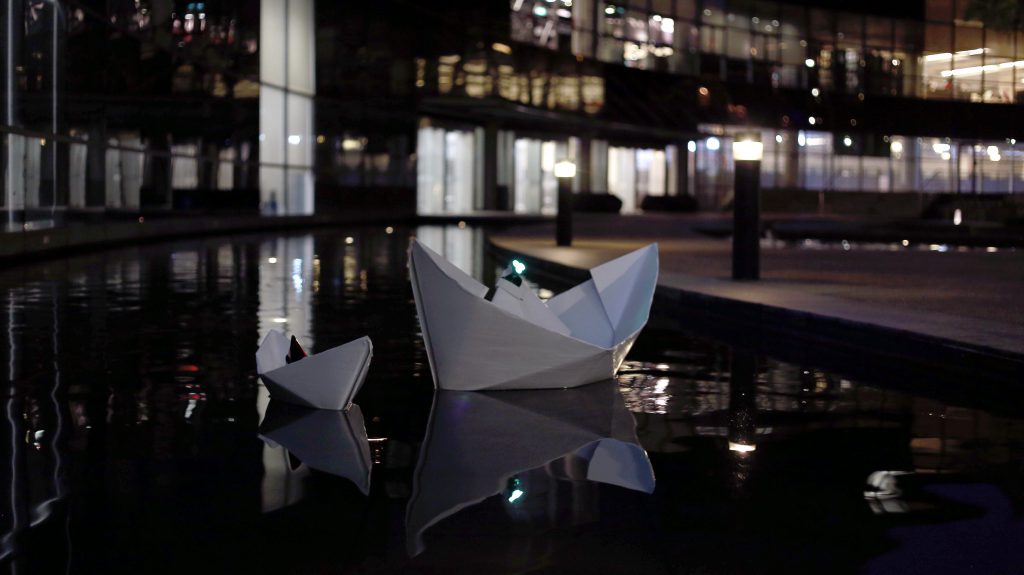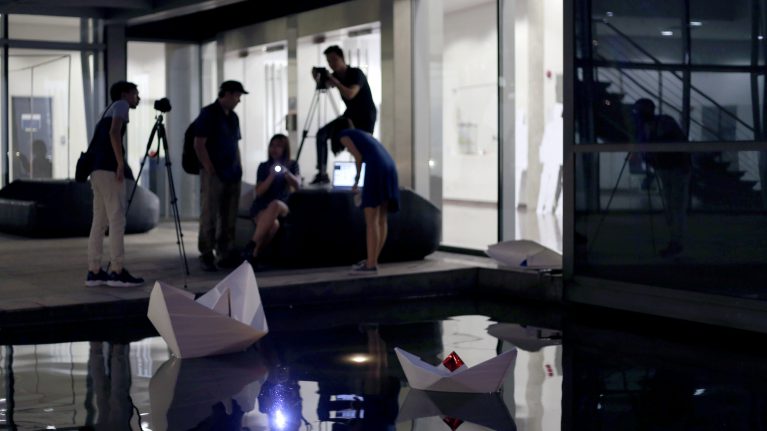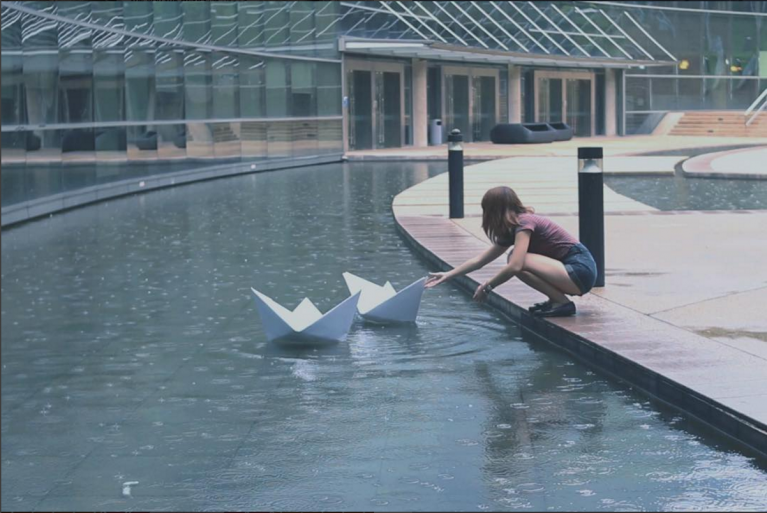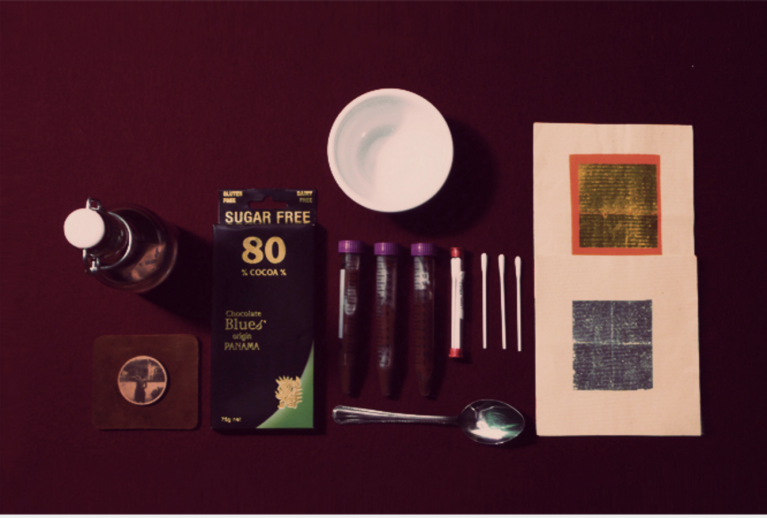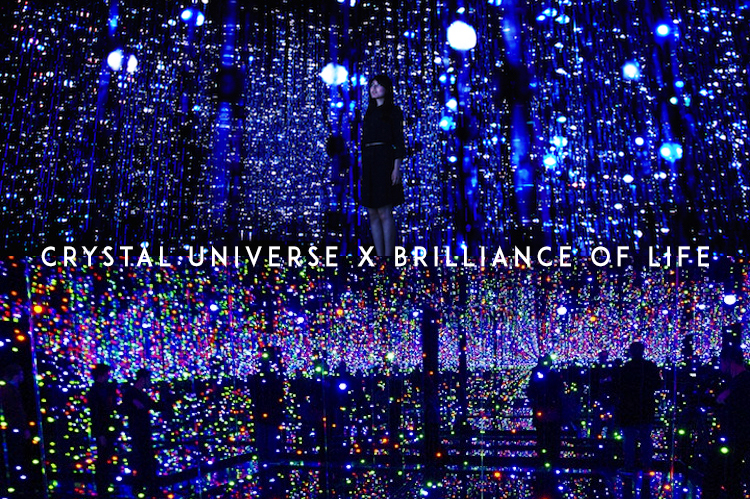“Float Away!” Origami Boats installation
Concept: To display life-sized origami boats at the ADM fountain, adding life to the school and make school a more fun place with such quirky installations that will remind students of “play” and not just work.
“Our differences do not set us apart” Photography installation
Concept: Our rooms are the spaces in which we dwell, and it reflects us, and information about us, i.e. personality, etc. It is interesting to notice how different each room can be even though they are side by side, and belong to the same household. This project would then aim to highlight the compromises that occur in a family.
“Departure” Interactive Narrative
Concept: Death is a difficult topic to be explained to children. This interactive narrative would be in the form of an digital illustrated storybook intended for children, to help them understand and deal with the passing of a loved one.
“Once upon a time” Interactive Website
Concept: Even in a tiny city like Singapore, there are places that are rich in history but forgotten as time passes by. We forget places such as the Istana Woodneuk/ Brunei Old Hostel that are now abandoned, and even the last Kampong in Singapore, Kampong Lorong Bangkok. This website would be a documentation of these places, with their history and their significance in Singapore.
“Kopi Kaki” Branding
Concept: As an avid traveller, I would always be looking out for souvenirs. Looking back in our country, I think the souvenirs we have are rather cliche and I would like to package our Singapore Kopitiam experience as a souvenir for foreigners. Specifically, with our drinks culture of ordering coffee and tea from these coffeeshops.
“Orhhor later…” Installation & publication
Concept: Why does the topic of death and mortality always have to be solemn and negative? A “fun” and “light-hearted” project dealing with the superstitions and folklore dealing with death. (i.e. there is a belief that if you sleep on the bed of the person who passed on 8th day, you will definitely dream of the person). This will involve a series of illustrations of what not to do according to superstitions and ultimately be put together as an installation.
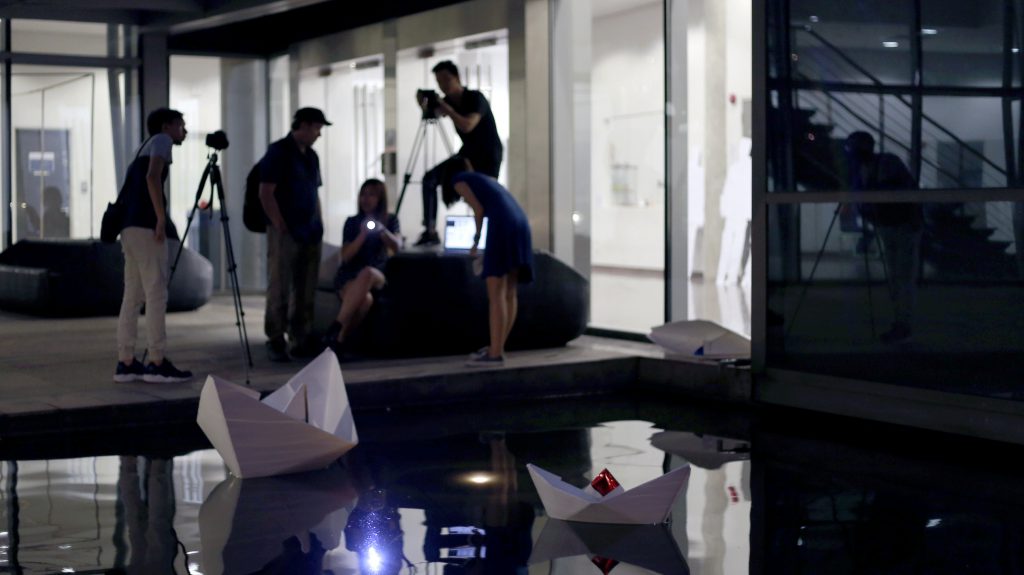 Here’s my video documentation for my Paper Boats project (upgrade)! It’s a pity that the light detection wasn’t as smooth as I hope it would have been on the day of presentation, but nonetheless! I had fun and I hope you guys had enjoyed it as well.
Here’s my video documentation for my Paper Boats project (upgrade)! It’s a pity that the light detection wasn’t as smooth as I hope it would have been on the day of presentation, but nonetheless! I had fun and I hope you guys had enjoyed it as well. 